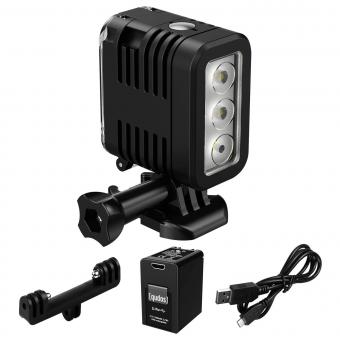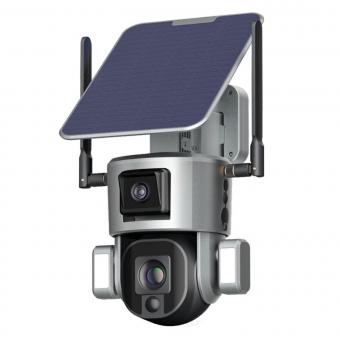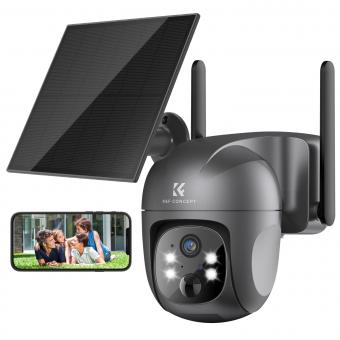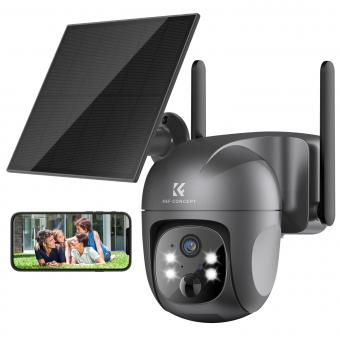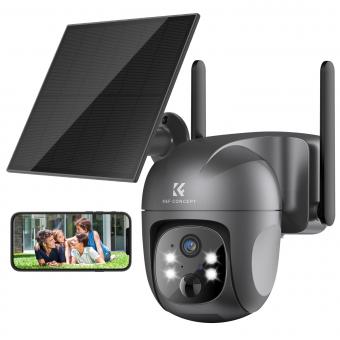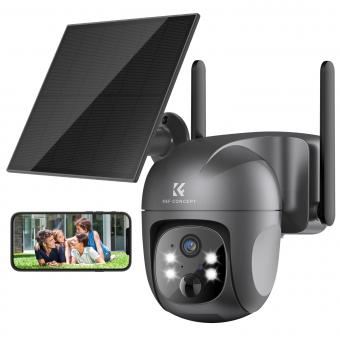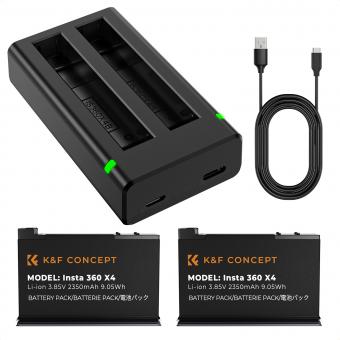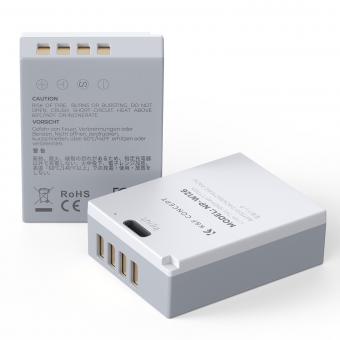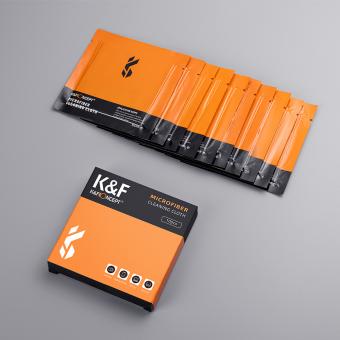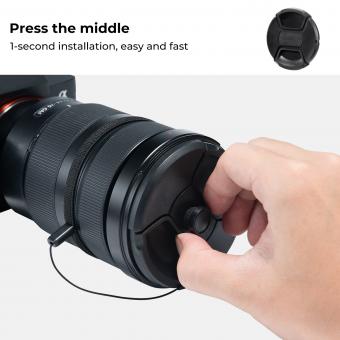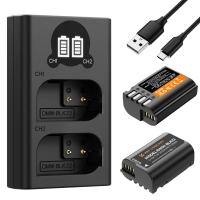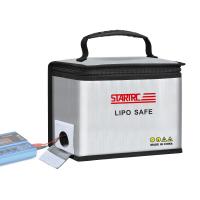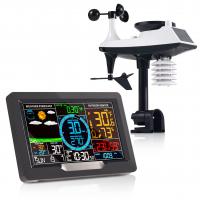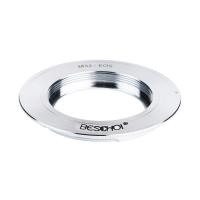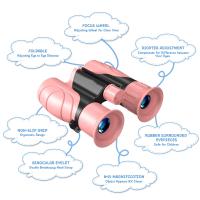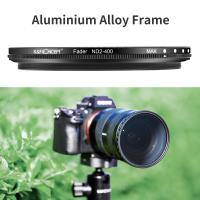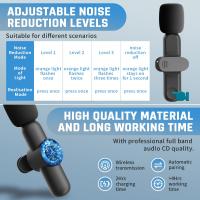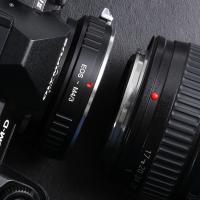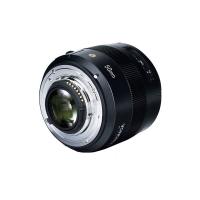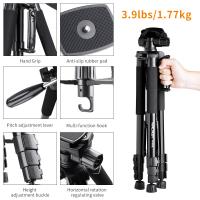How To Power Cctv Camera ?
CCTV cameras can be powered in several ways, including using a power adapter, a power over Ethernet (PoE) switch, or a battery. The most common method is to use a power adapter that plugs into an electrical outlet and connects to the camera's power input. PoE switches provide power and data transmission over a single Ethernet cable, which simplifies installation and reduces the number of cables required. Batteries can be used for temporary or remote installations where access to an electrical outlet is not available. It is important to ensure that the power source is compatible with the camera's voltage and amperage requirements to avoid damage to the camera or power source. Additionally, it is recommended to use a surge protector to protect the camera from power surges and fluctuations.
1、 PoE (Power over Ethernet)
One of the most popular ways to power CCTV cameras is through PoE (Power over Ethernet) technology. PoE allows both power and data to be transmitted over a single Ethernet cable, simplifying installation and reducing the need for additional power outlets.
To power a CCTV camera using PoE, you will need a PoE switch or injector. A PoE switch is a network switch that has built-in PoE technology, while a PoE injector is a device that adds PoE capability to a non-PoE switch. Simply connect the Ethernet cable from the camera to the PoE switch or injector, and the camera will receive power and data through the same cable.
PoE technology has evolved over the years, with the latest standard being PoE+ (also known as 802.3at). PoE+ provides up to 30 watts of power per port, compared to the 15.4 watts provided by the previous standard (PoE or 802.3af). This allows for the powering of higher-powered devices such as PTZ cameras and outdoor cameras with built-in heaters.
In addition, there is also a new standard called PoE++ (also known as 802.3bt), which provides up to 90 watts of power per port. This standard is still relatively new and not yet widely adopted, but it has the potential to power even more high-powered devices in the future.
Overall, PoE technology is a convenient and efficient way to power CCTV cameras, and with the latest standards providing even more power, it is becoming an increasingly popular choice for security installations.
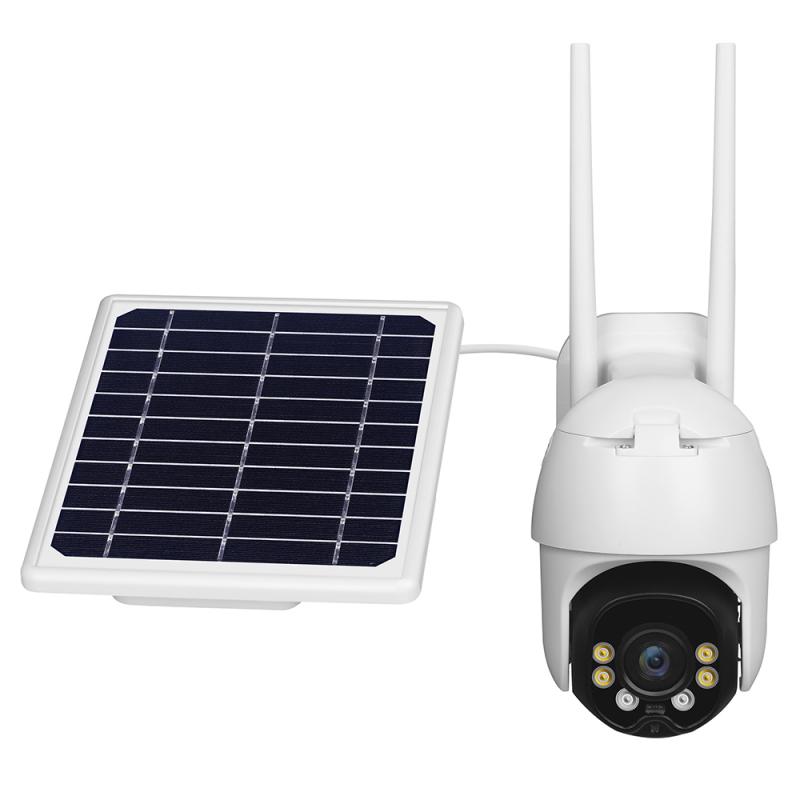
2、 AC/DC adapter
To power a CCTV camera, you can use an AC/DC adapter. This adapter converts the AC power from a wall outlet into DC power that the camera can use. The adapter typically has a plug that connects to the camera's power input and a cord that plugs into an outlet.
When choosing an AC/DC adapter for your CCTV camera, it's important to consider the camera's power requirements. The adapter should provide the correct voltage and amperage to ensure that the camera operates properly. You can usually find this information in the camera's user manual or on the manufacturer's website.
It's also important to choose an adapter with the correct plug size and polarity. Some cameras use a standard barrel plug, while others may require a different size or type of plug. Additionally, the polarity of the plug must match the camera's power input to avoid damaging the camera.
In recent years, there has been a trend towards using Power over Ethernet (PoE) to power CCTV cameras. PoE allows the camera to receive power and data over a single Ethernet cable, simplifying installation and reducing the need for separate power cables. However, not all cameras support PoE, so it's important to check the camera's specifications before choosing a power source.
Overall, using an AC/DC adapter is a reliable and straightforward way to power a CCTV camera. Just be sure to choose an adapter that meets the camera's power requirements and plug specifications.
3、 Solar power
How to power CCTV camera? One of the most eco-friendly and cost-effective ways to power CCTV cameras is through solar power. Solar power is a renewable energy source that harnesses energy from the sun and converts it into electricity. This method of powering CCTV cameras is becoming increasingly popular due to its many benefits.
One of the main advantages of using solar power to power CCTV cameras is that it is a clean and renewable energy source. This means that it does not produce any harmful emissions or pollutants, making it an environmentally friendly option. Additionally, solar power is a cost-effective solution as it eliminates the need for expensive electrical wiring and reduces energy bills.
To power CCTV cameras using solar power, a solar panel is installed in a location that receives ample sunlight. The solar panel is connected to a battery that stores the energy generated by the panel. The battery then powers the CCTV camera, ensuring that it operates continuously even during power outages.
In recent years, advancements in solar technology have made it even easier to power CCTV cameras using solar power. For instance, some solar panels are now equipped with built-in batteries, eliminating the need for a separate battery. Additionally, some CCTV cameras are designed to be powered directly by solar panels, further simplifying the installation process.
In conclusion, solar power is an excellent option for powering CCTV cameras. It is a clean, renewable, and cost-effective energy source that ensures uninterrupted surveillance even during power outages. With the latest advancements in solar technology, it has become even easier to install and maintain solar-powered CCTV systems.
4、 Battery power
Battery power is a popular option for powering CCTV cameras, especially in remote locations where access to electricity is limited. To power a CCTV camera with a battery, you will need a battery pack, a voltage regulator, and a power cable.
The first step is to choose the right battery pack for your CCTV camera. You will need to consider the voltage and capacity of the battery pack to ensure it can provide enough power to the camera for an extended period. Lithium-ion batteries are a popular choice due to their high energy density and long lifespan.
Next, you will need to connect the battery pack to a voltage regulator to ensure a stable power supply to the camera. The voltage regulator will convert the battery's output voltage to the required voltage for the camera.
Finally, you will need to connect the power cable from the voltage regulator to the CCTV camera. Make sure to use a cable with the correct connector for your camera.
It is important to note that battery power may not be a sustainable or cost-effective solution for long-term CCTV camera use. Rechargeable batteries will need to be replaced periodically, and the cost of replacement batteries can add up over time. Additionally, battery power may not be suitable for high-resolution cameras or cameras that require a constant power supply. In these cases, it may be more practical to use a wired or solar-powered solution.



